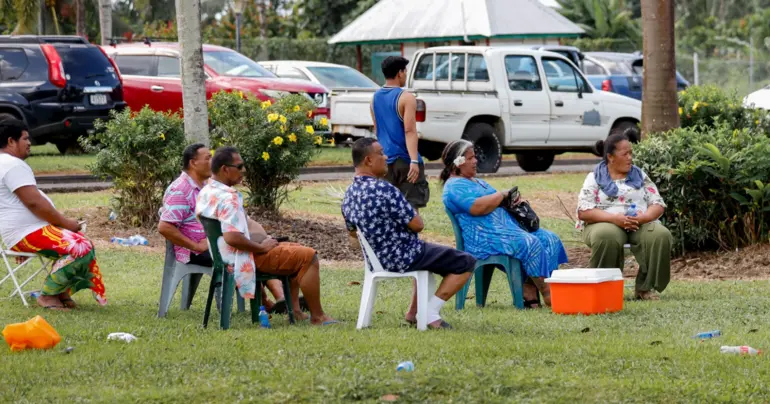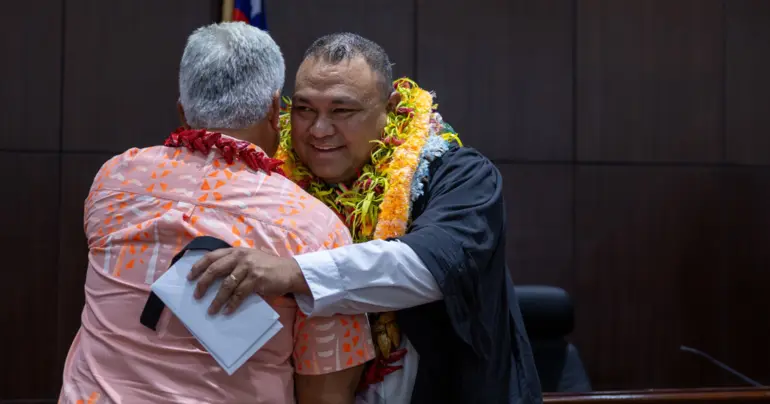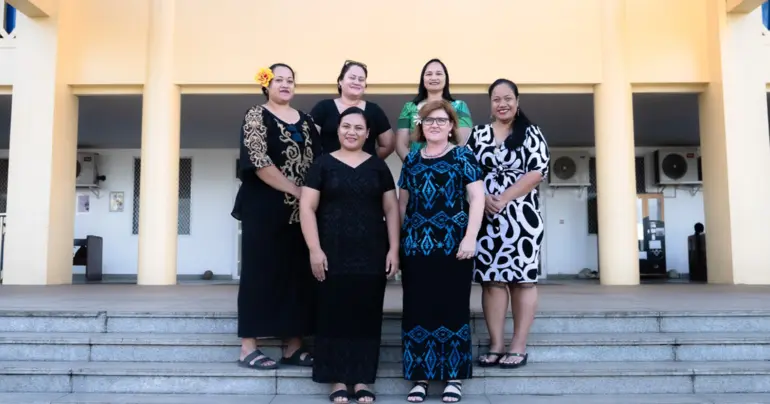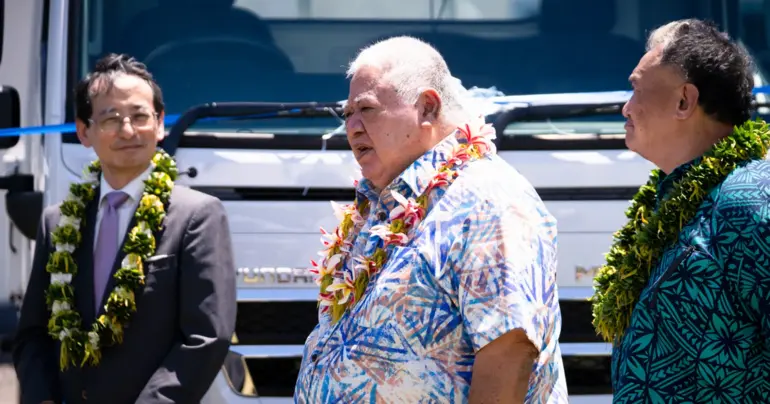A “harmony agreement” is a core tradition for maintaining peace in our peaceful Samoa
1. We hear often of the “Harmony Agreement” as a cultural tradition to end disputes in Samoa and for peace to be maintained.
This is often a misunderstood tradition by many Matais especially those who do not participate in customary events and Council meetings of their villages, where the depth of the Samoan Culture is lived.
Many who write about the culture of Samoa base their knowledge on hearsay.
2. Whether it is a harmony agreement, reconciliation, (faaleleiga) or ifoga (the action of formally covering oneself with a fine mat), there is only one objective and that objective is to forgive and forget.
3. For instance, two prominent talking chiefs during a meeting of their village council suddenly became engaged in a violent verbal shouting match, where one wanted to charge the other for an ugly exchange in front of the village Pastor during a dinner welcoming the Pastor from an overseas visit.
A verbal Harmony Agreement after many speeches was reached where both apologized to the village Chiefs. That was the end of the matter. Both chiefs however would provide a beast each for the village as a sign of good leadership in keeping the peace.
It is not important to know who was right and who was wrong, both were intolerant. The Matai is always a peacemaker, which is why they both apologised. An apology is not an admission of guilt.
Another village comprising four sub-villages became engaged in a serious disagreement over the appointment of their Tu’ua (the highest talking chief).
For 15 years, the four villages remained divided till the Government informed the village their plantation road would be upgraded but only when village Chiefs set aside their differences through the traditional reconciliation process.
It took six weeks for the four villages to reconcile. Each one apologising for their lack of leadership tolerance to keep the peace.
The third example of a Harmony Agreement involved the murder of a young man from one of the villages in Savaii.
The family and the whole district of about 100 delegates from the murderers’ village in Upolu took fine mats to cover themselves over their heads in front of the aggrieved family’s house as a sign of remorse, offering themselves to be killed to pay for the life of the murdered son.
If the ifoga is accepted by both the family and the village of the murdered person, that’s the end of the matter.
There are other minor variations but the objective of forgiveness and forget remains the same.
I have been a party to many such agreements over the last close to 50 years since I became a Matai
Compare now, the Harmony Agreement signed between Hon PM Fiame and Tuilaepa and their Party members to forgive and forget and for the Two Parties to move on and cooperate in solving the Economic and Pandemic challenges confronting the country.
FAST has now used the Harmony Agreement to illegally remove two members of the HRPP from Parliament, take away their fundamental right of free speech and formally dictate who to be leader of the opposition Party.
The FAST Leadership and their ill-informed Legal advisers have much to learn about the Samoan Customs and Traditions on reconciliations and the Laws of Samoa.
Tuilaepa Sailele Malielegaoi
Leader of HRPP
Tags












